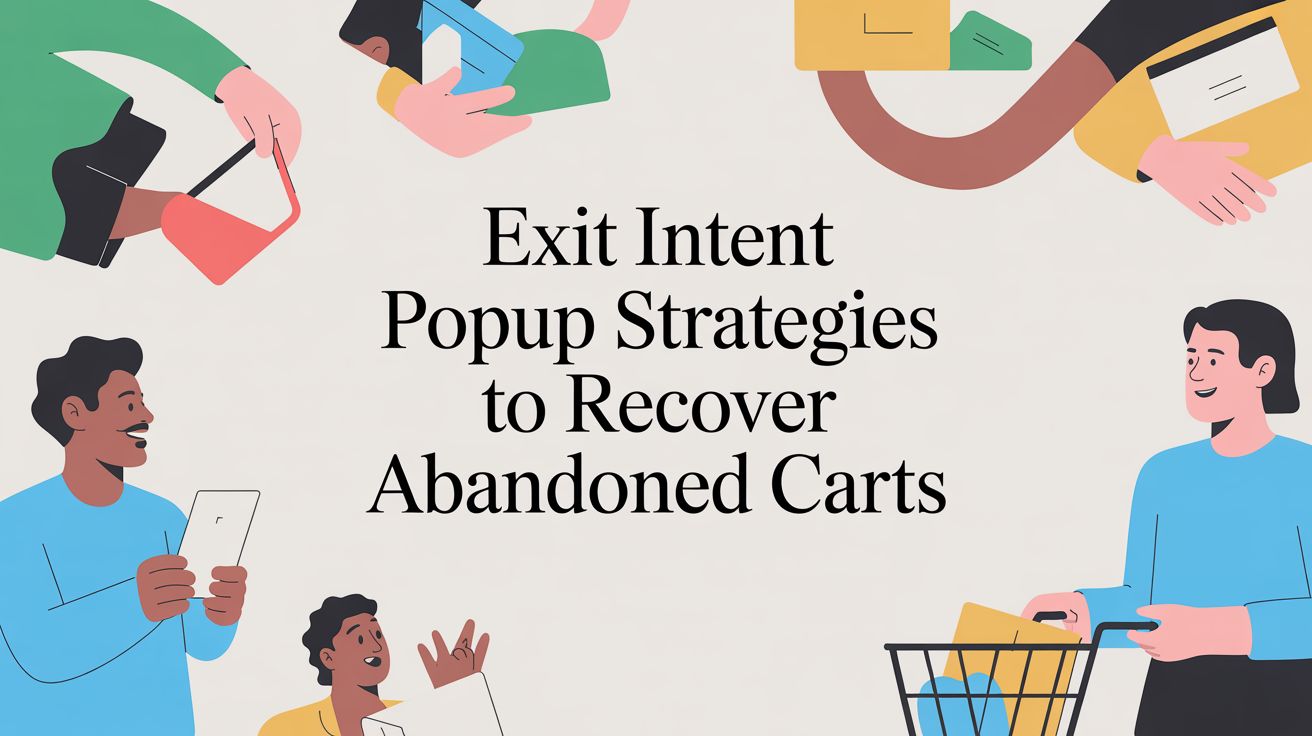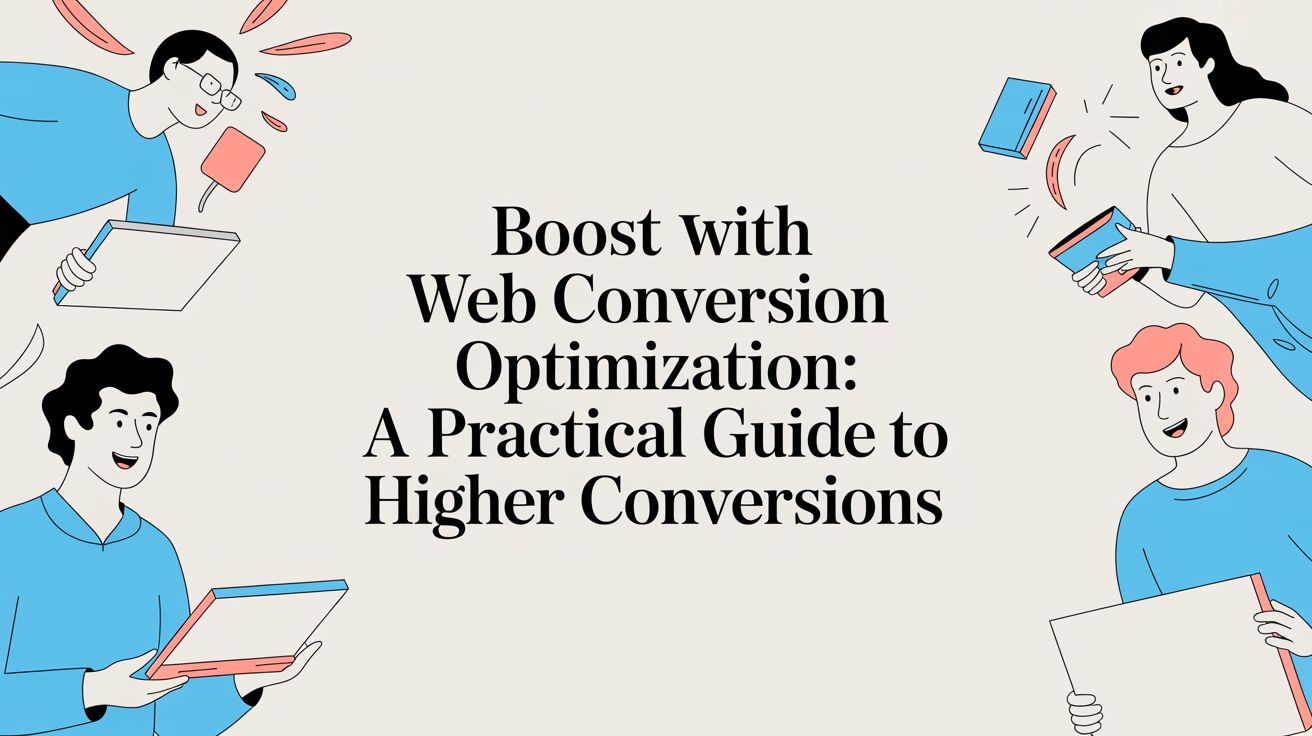
Trending consumer incentive: Donation-driven marketing

If the world is in our hands, shouldn’t we be able to decide how we want to care for it?
Humans are a giving species. It’s even been said that we’re “hard-wired for generosity.” It’s a part of our psychological makeup, and it’s a driving force for some of our consumer buying decisions.
Those buying decisions are occasionally influenced by consumer incentives; we’ve talked about these incentives before — deals and discounts, gift cards, loyalty points and other creative ideas for incentivizing consumers — but just like the human brain, there’s always something unique to discover. This time it’s donation incentives, perks that focus on promoting social impact and charitable work.
Interested in learning more about donation-driven marketing and its benefits, we spoke with Andrew Forman, CEO of Givz.com, an app that allows brands to offer consumer-relevant donations in place of traditional discounts.
Here’s what he shared:
Traditional cause-driven marketing is on the downturn
You may have seen cause-driven marketing in action before.
The setup is pretty standard: You’re standing in line for a product or making a purchase online when you’re met with the opportunity to make a charitable donation. In most cases, you’re given a pre-picked charity that may not speak to your personal interests and are required to spend additional money if you want to participate.
“Traditional cause marketing has always been a brand partnering with an organization and ten percent of profits going to that organization, but you don’t really know where it’s going,” said Forman. “The consumer doesn’t get a choice in where the money goes, it’s going to this one charity that they may or may not care about. Brands will run something like this and then realize it doesn’t work because people don’t care about the cause, it doesn’t feel authentic, and you only do it once a year during a random holiday. At this day and age it’s not good enough.”
There’s no denying that cause marketing has an audience. It’s existed as a form of marketing campaigns for years, mostly due to the sense of purpose consumers felt just by making one simple purchase (a task they were planning on doing anyway). Unfortunately, with time comes innovation and questions about just how well past practices work in the present.
“At first people found it really cool. People could say, ‘Oh, they’re making it really easy for me to donate 37 cents to this charity,’ but after a while you think to yourself, ‘Wait, I don’t really care about this charity, and they’re asking me to pay an extra 37 cents; they aren’t giving me anything,” said Forman. “Rounding up is also on the turn — people are realizing that it’s costing them extra to support a cause they don’t care about, that businesses are just going to write off on their taxes. It doesn’t feel great to the consumer, and it isn’t driving short-term purchases or having the brand impact it once had.”
When standard marketing practices aren’t getting the reception from customers that brands are hoping for, it’s time for a new approach — one that consumers feel innately aligns with their desires and gives them autonomy over their own choices.
“Donation incentives are very different from the [traditional marketing strategy] that says, ‘Hey, do you want to round up your change?’ or ‘Hey, do you want to donate an extra dollar to this cause that we’ve already picked as a brand?’ ” said Forman. “[That strategy] comes off as inauthentic, especially for a consumer who’s standing in line and has people behind them — it just feels like a guilt play.”
Doing good can facilitate more benefits for consumers, brands and charities
Personalized give-back incentives are different than the ones we’ve seen in previous years. They allow consumers to choose an incentive that they care about without feeling negative emotions during the point of purchase. It also prompts them to buy more items if they’re sure that the money spent will be donated to a worthy cause. You can elevate those feelings of joy by making the donation a part of the money spent versus an additional amount your customers will have to pay.
In speaking with Forman, he spoke of an interaction he’d had with a woman who was contemplating a purchase of $300 shoes. For her, the purchase was a want, not a need and so while she wanted the shoes, the price caused some hesitation. It wasn’t long before she was met with promotions from the brand selling the shoes offering her more and more money off if she made the purchase, but it wasn’t enough to sway her…that is, until something eventually did: an ad promoting donation-driven marketing.
“She got an ad that said if she bought the shoes [full-price] she’d get $50 to donate to a charity of her choice. She bought them that day,” said Forman. “That’s the consumer psychology piece that’s being unlocked. This was a consumer that sat on a board for charity. She was going to give to that charity anyway and despite having a 20% off coupon code, she spent $300 so she could give $50. She theoretically could’ve spent $240 and given $60 to the charity on her own, but that’s not how the brain works. She felt the other option was a no-brainer.”
According to Forman, in many ways, it is a no-brainer. Unlike its counterparts, donation-driven marketing can cause each participant in the campaign to feel good about the contribution they made or were given.
“[Donation-driven marketing] is a win from every angle. It’s driving short-term sales; it’s encouraging long-term brand equity and positive relationships with consumers. It’s a no-brainer win for the customer because they get to donate to a cause that they care about, they get a rush of dopamine from doing something good, and it’s better for the charities who aren’t missing out on donations.”
Social impact changes with differences in generations
Why is donation-driven marketing more appealing to today’s consumers than the traditional marketing strategies that encourage giving back? Forman says the change in generational priorities has a lot to do with the shift in consumer standards. The incentives that are attractive to baby boomers aren’t as appealing to millennials and the following generation.
“From a consumer psychology standpoint, [social impact and marketing] is just different generationally. My grandpa is just trying to get a deal, and a deal to him is a discount. On the millennial side of things, a deal doesn’t mean price only; it encompasses a whole host of other things like who is this brand associated with and do I want to be associated with them. Younger generations say, ‘Forget the discount, I don’t care about that. I want to know that this is having an impact in some way, shape or form.’ Generation X is somewhere between [baby boomers and millennials], but even some of them are starting to get on board with social impact,” said Forman.
The ways of consumer spending are changing, and so are the incentives that consumers find themselves drawn to. If your brand wants to stay ahead of the curve and remain relevant to customers, you must be aware of what your customers are focused on. Don’t be afraid to do things a little differently — it could create impact for more than your brand.

Lindsay Keener is a brand journalist for Quikly. She covers stories that help to inform and educate consumer-facing marketers.

